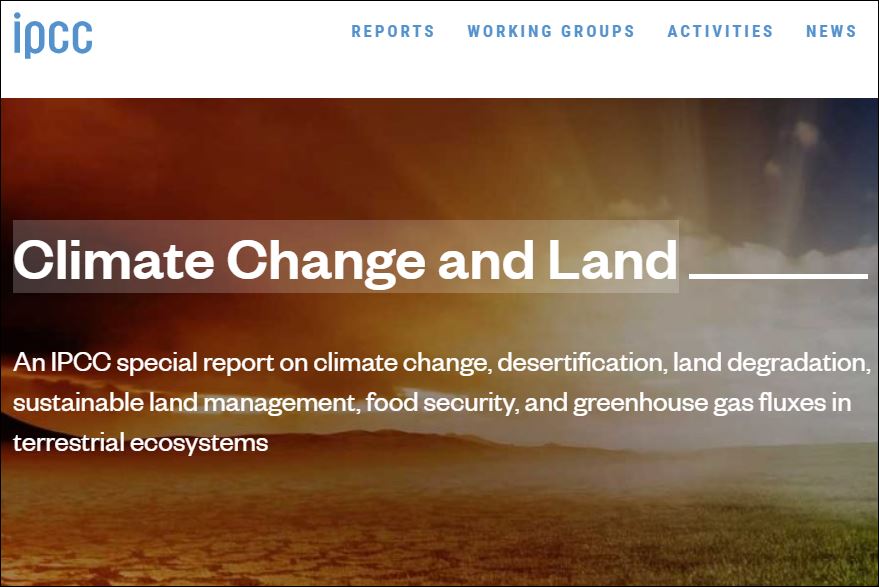
PUB has taken a system-wide approach to introduce flexibility and adaptability to Singapore’s drainage system to cope with higher intensity storms. Climate change also brings about growing uncertainties with the weather. Rainfall trends in the last 30 years indicate that Singapore has experienced increasing rainfall intensities and an increasing frequency of intense storms. What is being done to minimise flash floods resulting from more frequent intense rainfall?

By using water wisely and making every drop count, all of us can contribute to the sustainability of our water resource.Ĥ. While the Government continues to invest in infrastructure ahead of demand and make our water supply resilient against weather vagaries, the community also has a role to play in managing demand. To strengthen our water security and drought resilience, we are progressively expanding the capacities of these two taps to meet future water demand. NEWater and desalinated water are weather-resilient sources that help provide a buffer against dry spells, but they also require more energy to produce. PUB has developed a diversified water supply strategy through the Four National Taps: local catchment water, imported water, NEWater and desalinated water. What steps is Singapore taking to prepare itself for future dry spells? The research programme aims to bring together researchers from CCRS, our local universities, and international experts, to deepen our understanding of sea level science and how a rise in sea level could impact Singapore.ģ. The Centre for Climate Research Singapore (CCRS) will also initiate a National Sea Level Programme in 2019. The Government is reviewing the findings of the CAS to develop strategies to protect Singapore’s coastline. In addition, the Building and Construction Authority (BCA) commissioned a Coastal Adaptation Study in 2013, to assess the potential impact of coastal inundation, and to study possible long-term adaptation measures. This would be adequate based on the projected rise in sea level to 1 metre by 2100, based on the Second National Climate Change Study in 2015.


To cater for long-term sea level rise, the minimum land reclamation level in Singapore was raised from 3 to 4 metres above the Singapore Height Datum in 2011. Is Singapore safe from rising sea levels?Īs a low-lying island in the tropics, with 30 per cent of our island being less than 5 metres above Singapore Height Datum, any increase in sea levels caused by climate change is an immediate threat. For example, the occurrence of vector-borne diseases such as dengue could increase in a warmer environment.įor more details, please refer to our Climate Action Plan.Ģ. Rising temperatures and reduced rainfall can affect our water supply, biodiversity and greenery, increase the energy demand for cooling, and pose implications for public health. The Centre for Climate Research Singapore has projected that Singapore could experience an increase in daily mean temperature of 1.4C to 4.6C towards end of this century, more intense and frequent heavy rainfall events, and mean sea level rise of up to 1 metre by 2100. Our world’s oceans will get warmer and ice melt will continue.Īs a low-lying island city state, Singapore is particularly vulnerable to the impacts of climate change. How will climate change affect Singapore?Īccording to the Intergovernmental Panel on Climate Change, the increase in global temperature is likely to exceed 1.5C by the end of the century. IMPACT OF CLIMATE CHANGE & ADAPTATION MEASURESġ.


 0 kommentar(er)
0 kommentar(er)
